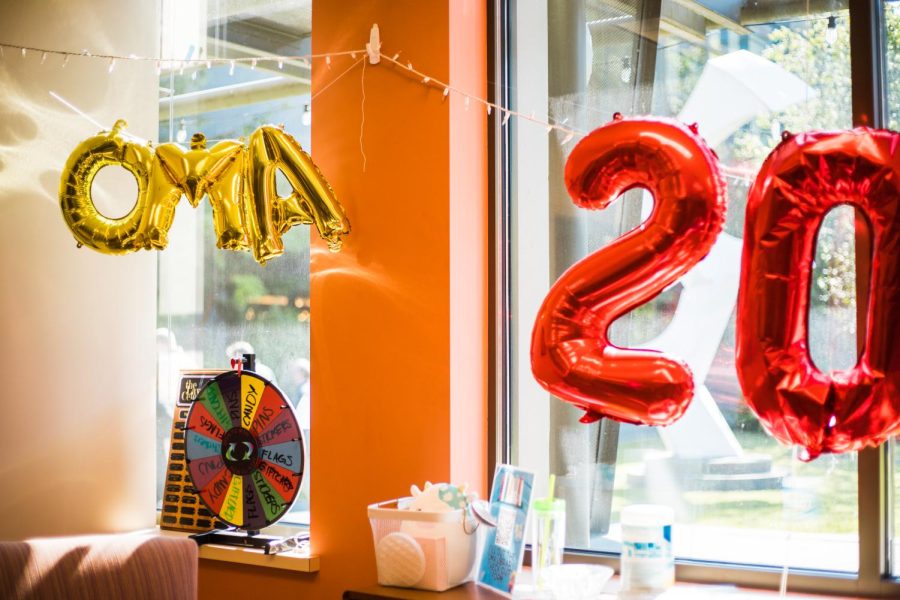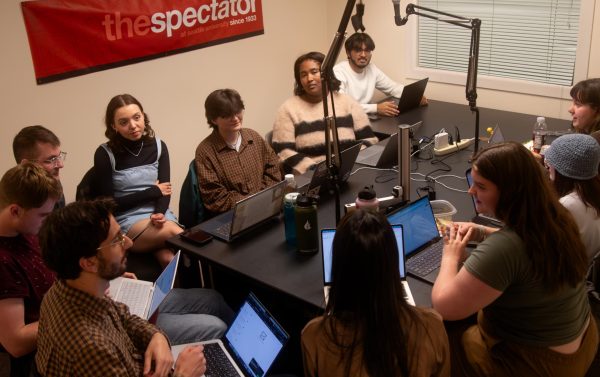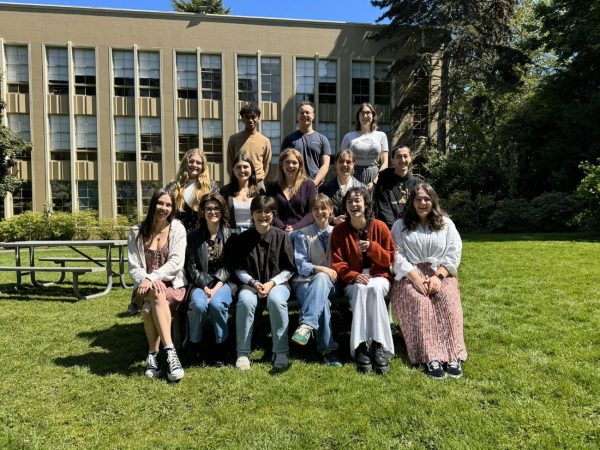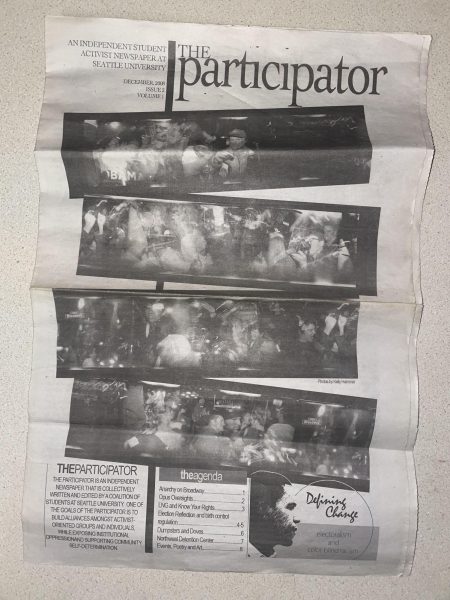An Uncertain Future: The Merging of OMA and SSO
OMA office.
The Office of Multicultural Affairs (OMA) and Student Success and Outreach (SSO) are two major organizations at Seattle University that aim to uplift students of different marginalized identities.
OMA promotes intercultural development and provides an inclusive space for members of minority communities, particularly for students of color and queer students. SSO offers resources to a wide array of students including transfer students, commuter students, graduate students, veteran and military-connected students and first generation students.
As of July 1, both of these organizations will be combined under a yet-to-be-determined name. This merger was catalyzed by the previous Senior Director of the Center for Student Involvement Bernie Liang before stepping away from the university.
In Liang’s absence, Michelle Kim, the director of OMA and SSO, director for SSO.
“The initial catalyst and much of this change has been about finding a reporting line and supervisory support for the Associate Director of SSO,” Kim said. “We had an opportunity to assess where and to whom SSO could report to that made more sense, in terms of supporting the department’s function and purpose.”
Deanne Liu, associate director of SSO, explained that the decision to merge was based on the similar student populations they served.
“There’s all these intersections of identities, and really, SSO is meant to be a home base for students who don’t feel like campus is quite meant for them.”
Kim echoed Liu’s sentiments, as she hopes to remedy fragmentation of identities through the merger.
“Though at times, [the separation of both organizations] can lead to students either running around trying to connect with resources in various locations or missing out on receiving the benefits of another because they never got connected. By formally joining forces, our goal is to amplify our impact on the student experience,” Kim said.
With the merger set to establish before the beginning of the 2023-2024 academic year, the integration process is on a short timeline. In the midst of the rapid transition, certain student-workers at both OMA and SSO have found information regarding the change to be scarce and vague.
Alex Takemoto, a second-year interdisciplinary liberal studies student, is a peer mentor with OMA’s Connections Leadership Program and has been hired by SSO for the upcoming school year. Amongst the restructuring, Takemoto feels their job description remains uncertain and ambiguous. They say their colleagues feel the same.
“We don’t know much,” Takemoto said. “There are a lot of different opinions and a lot of people don’t know what will happen.”
For some student-workers at OMA, their uncertainty has been met with fear that the restructuring may co-opt spaces designated for students of color.
“As student-workers at OMA, we’ve had a lot of questions about what this merge will look like ourselves,” two students who wished to remain anonymous wrote in a joint statement to The Spectator. “Our priority has always been supporting students of color.”
Liu is aware of these existing concerns, but emphasized her hope that the restructuring will allow for a broader range of students to find acceptance and resources.
“I think the concern for [student-workers at OMA] was that students of color wouldn’t be able to find places where they could just exist on their own,” Liu said. “OMA is centered around BIPOC, LGBTQ+ and undocumented students. But some students who are white—we are still considered a predominantly white institution—might not find themselves there. My hope is that, together, we’re able to do more social justice training and workshops for students who don’t consider themselves students of color but also really care about [social issues].”
Takemoto’s initial reaction to the restructure was positive, regarding OMA’s and SSO’s heightened ability to provide resources and education. Still, they remain skeptical about how Seattle U handles the change.
“How [is the university] going to fully encompass what this office is doing for people now? And then I started talking with other people and I was like ‘Oh, this might be an excuse for the school to give both offices less money.”
AshLee Day, assistant director of OMA, is sympathetic to students’ apprehension surrounding the change. They acknowledged that uncertainty breeds hesitation in all facets of life, and recognized how this hesitation may be augmented by the mass of changes at Seattle U, such as the recent tuition increase.
“I think pushback is a reasonable approach. There has been a lot of [recent] changes and announcements and there are always questions and concerns about ‘is this going to improve or worsen my experience as a student of this university?’” Day said.
The lack of any official comment by the university on the restructuring adds more ambiguity to the already uncertain nature of the merging.
“I am a little concerned,” Takemoto said. “If they are not saying ‘hey we are going to try to give you more resources and more funding’—if nobody is actually saying that, then we are expecting the worst.”
Day, alongside Liu and Kim, want to assure students that there is no intention on their behalf to limit resources or diminish existing safe spaces and programs for students of differing identities. Day compared the restructuring to the reassembling of lego blocks.
“A merger assumes that you are squishing things together. The metaphor I used with my team was like ‘it’s not like you’re not mixing paint colors together and things are being erased to make a new color,” Day said. “It’s more like you’re rebuilding a lego house, and the pieces are all still there, but you are arranging them in a way that makes a cuter house, or a house that is more fun to play with, or a more useful structure.”
Day hopes for student guidance and input about changes to come, encouraging students, regardless of their previous involvement with either organizations, to present their concerns, questions, and comments.
“I think feedback is the life of any good organization. If I am not communicating clearly, then I need to know that,” Day said. “I hope that pushback can be resolved through communication and openness.”
Within the walls of this new lego house, the future is unwritten. Amidst uncertainty, however, students involved in both organizations are passionate about upholding the existing values of OMA and SSO throughout the restructuring and beyond.











